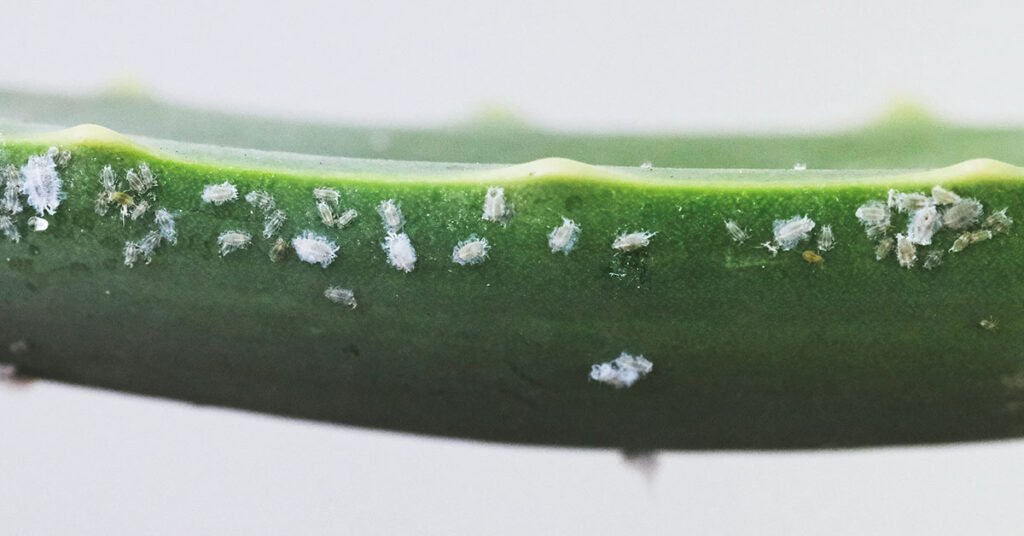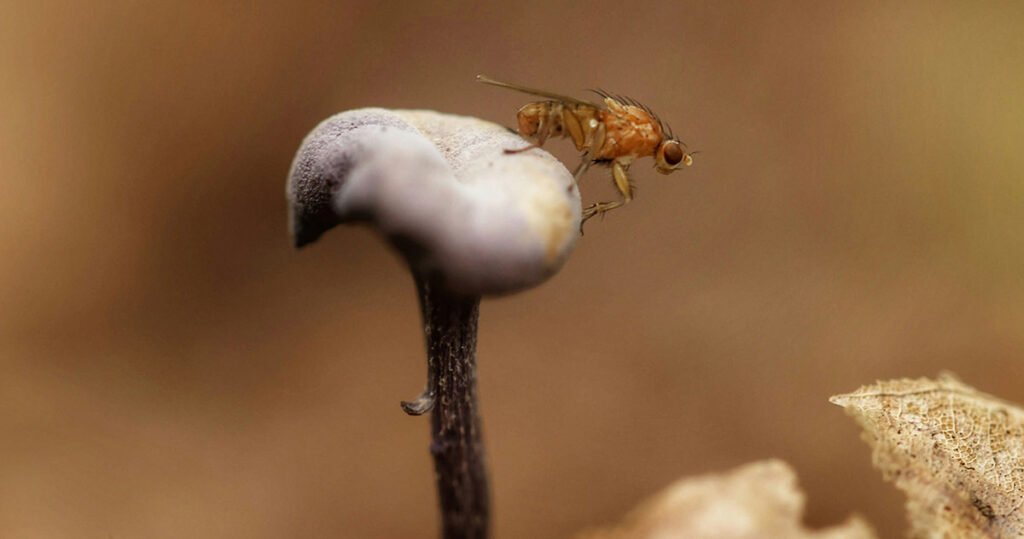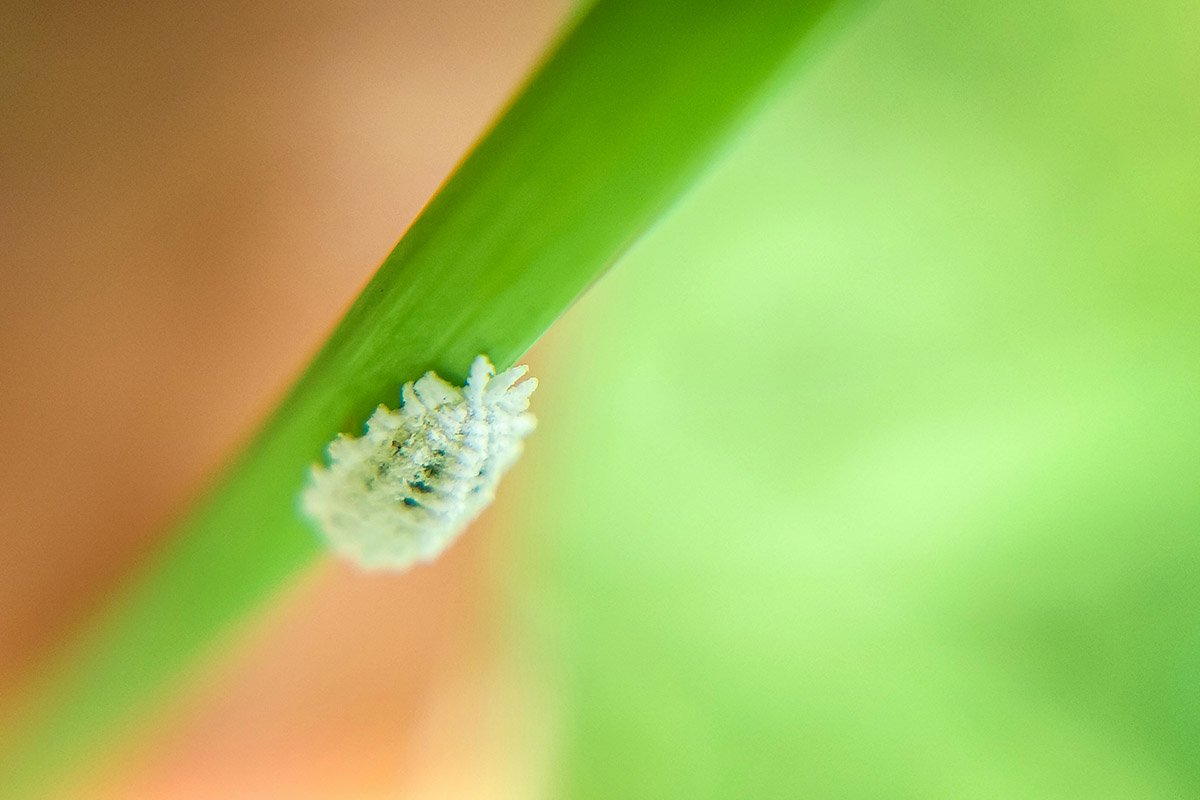Indoor plants bring beauty, tranquillity, and a touch of nature into our living spaces, but nothing disrupts that harmony faster than a pest infestation. From curling leaves to mysterious webbing, houseplant pests can silently wreak havoc on your green companions before you even realise they’re there.
In this comprehensive guide, you’ll learn how to identify common houseplant pests, discover safe and effective remedies, and get expert tips to prevent infestations from taking hold again. If you’re serious about keeping your plants healthy and pest-free, this is the only guide you’ll need.
Why Houseplant Pests Are a Problem
Pests don’t just make your plants look unhealthy; they suck sap, transmit diseases, stunt growth, and sometimes kill plants entirely. Since houseplants are typically in enclosed environments, pests can multiply quickly with fewer natural predators.
How to Identify Common Houseplant Pests
Proper identification is the first step in effective pest control. Here’s how to recognise the most frequent culprits:
Aphids
- Appearance: Green, black, or white soft-bodied insects
- Signs: Curled leaves, stunted growth, sticky residue
- Common hosts: Herbs, flowering houseplants, hibiscus
Tip: Check for ants; they often farm aphids for honeydew.

Spider Mites
- Appearance: Tiny red, brown, or white dots under leaves; fine webbing
- Signs: Yellow stippling on leaves, leaf drop, silk threads
- Common hosts: Ficus, palms, crotons, ivy
Tip: Use a magnifying glass to spot them; they’re extremely small.
Scale Insects
- Appearance: Brown or greyish bumps on stems and leaves
- Signs: Yellowing leaves, honeydew, weakened plants
- Common hosts: Citrus, rubber plants, pothos
Fact: Scale insects are stationary and protected by a waxy shell.
Mealybugs
- Appearance: White, cottony masses on stems, joints, and leaf undersides
- Signs: Sticky sap (honeydew), mould growth, leaf distortion
- Common hosts: Succulents, cacti, ferns, orchids
Fact: Mealybugs often hide in leaf joints, making them tricky to detect early.

Whiteflies
- Appearance: Tiny white moth-like insects that fly when disturbed
- Signs: Wilting, leaf yellowing, sooty mould
- Common hosts: Tomatoes, begonias, hibiscus
Tip: They lay eggs under leaves. Check carefully.
Thrips
- Appearance: Slender, dark insects with fringed wings
- Signs: Silvery leaf patches, deformed new growth, black spots
- Common hosts: African violets, peace lilies, snake plants
Tip: Tap flowers over white paper to spot them.
Fungus Gnats
- Appearance: Small black flies hovering near the soil
- Signs: Larvae in wet soil, root damage, stunted growth
- Common hosts: Overwatered houseplants, especially with rich soil
Tip: Address larvae, not just the flying adults.

Natural Remedies for Houseplant Pests
Using eco-friendly solutions first is often effective and safer indoors.
Neem Oil Spray
- Natural insecticide and fungicide
- Dilute with water and dish soap
- Apply to leaves weekly
Insecticidal Soap
- Disrupts insect membranes
- Safe for most plants
- Spray under leaves and stems
Rubbing Alcohol
- Kills soft-bodied pests on contact
- Use with cotton swabs or a dilute spray
- Especially effective on mealybugs and scale
Diatomaceous Earth
- Natural powder that dehydrates pests
- Sprinkle on topsoil to control gnats
- Reapply after watering
Beneficial Insects
- Not typically used indoors, but good for greenhouses
- Ladybugs and predatory mites
Chemical Solutions: When to Use Insecticides
Chemical insecticides should be a last resort for severe infestations.
Key Tips for Use:
- Always read the label
- Ventilate the area well
- Test on one leaf before full application
- Use pyrethrin-based sprays for indoor use
Note: Avoid chemical insecticides for edible herbs and plants near pets or children.
Preventing Future Infestations
Prevention is more effective than treatment. Follow these tips:
Quarantine New Plants
- Isolate for 2 weeks
- Inspect thoroughly before introducing
Improve Air Circulation
- Use fans or space out plants
- Prevent stagnant humidity
Water Smartly
- Avoid overwatering
- Use well-draining soil
Clean Leaves Regularly
- Wipe with a damp cloth
- Remove dust and inspect for bugs
Inspect Windows and Doors
- Keep screens intact
- Seal cracks to block flying pests
Routine Monitoring
- Weekly checkups
- Use sticky traps near soil
Frequently Asked Questions (FAQs)
Q: What’s the fastest way to kill spider mites?
A: Use neem oil or insecticidal soap and repeat every 3–5 days for 2 weeks.
Q: Can I use vinegar on plant pests?
A: Vinegar can damage leaves; avoid using it as a spray. Stick to safe insecticidal soaps.
Q: Are fungus gnats harmful to humans?
A: No, but their larvae can damage roots and cause poor plant health.
Q: How do I prevent pests on succulents?
A: Ensure proper drainage, avoid overwatering, and inspect regularly for mealybugs and scale.
